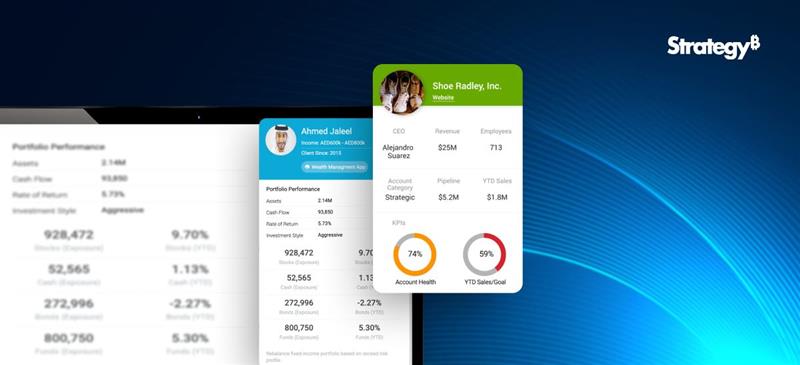Bringing automation to data management is one of Tableau’s big focuses for this release, to help users get insights faster.
Some key features that help with that are:
- Virtual Connections
- Centralized Row-Level Security
- Edit Published Data Source
- Parameters in Tableau Prep
Virtual Connections – Complete data source oversight in one place
Virtual Connections provide users with a single centralized connection to store credentials and other connection information for a data source. It would easily connect to data as opposed to that of embedding it in all workbooks and data sources that use it. Along with greatly reducing the maintenance load, this feature enables us to create tables and share access while securing service account credentials, establishing Data Policies, and extracting data centrally.
Virtual connections might sound like a published data source but in published data sources, database connection information (like credentials) is bundled with higher-level data modeling like joins, calculated fields, default properties, etc. So, any user who wants to create and share data models is also responsible for storing and sharing the connection information, even if they aren’t the best person to do so. Virtual Connections separate these two concerns into different objects so they can be owned and managed separately.

Centralized Row-Level Security – Bring precision and agility to data protection
In general, Row-Level Security (RLS) refers to filtering out rows of data at query time based on the current user’s identity. Due to this, different users can view the same table, viz, or report and see only data they are authorized to see. RLS allows scenarios like having a regional manager only see sales created within their team, but not sales from another manager’s team.
Rather than implementing RLS individually on every Tableau workbook or data source accessing a sensitive table, virtual connections can be used to centrally define and manage data policies. These policies will be consistently applied across all connected Tableau Flows, Data Sources, or Workbooks that depend on that data. This gives granular control over data security while bringing flexibility to reuse data sources.

Edit Published Data Source
This feature makes managing data sources very effortless. Now we can create, edit and rename data sources directly in Tableau Server and Tableau Online, test the changes, and publish—all without leaving the browser. This streamlines the governance and metadata management.

Parameters in Tableau Prep
Parameters in Tableau Prep speed up and simplify tasks by enabling users to easily change data inputs, data outputs, and values used throughout a flow which makes reusing them much easier.
Supported step types in 2021.4:
- Inputs /Outputs File path/File name
- Published data source name
- Calculated fields
- Filters
Copy and paste in dashboards
Another feature that needs a special mention is Copy and paste in dashboards. Now users can easily copy images, text boxes, and web page containers within the same and across different dashboards and workbooks in Tableau Online, Tableau Server, and Tableau Desktop. Through this, one could develop customized and interactive dashboards rapidly by recreating the already formatted items.

Tableau 2021.4 Highlights
- Data Management
- Virtual Connections
- Centralized Row-Level Security
- Tableau Catalog
- Inherited column descriptions
- Create flows from Catalog pages
- Tableau Prep Builder
- Tableau Prep Parameters
- Create Tiles
- Flow output Subscriptions
- Tableau Online
- Connected Apps
- Tableau Bridge Multi-Pool
- Analytics
- Metric Updates
- Show Metric status with colors
- Customize comparison period and data window
- Embed metrics
- Replay Animations
- Web authoring improvements
- Edit published data sources on Server and Online
- Copy/Paste Dashboard Zones
- Metric Updates
The journey towards unveiling the full potential of data analytics can be experienced in a better way with this new adoption of Tableau. Guaranteed to make your work polished and effortless, Tableau 2021.4 opens up its myriad capabilities to help you derive meaning out of data. Let all the tech geeks armor up to savour the essence of this exciting update.




